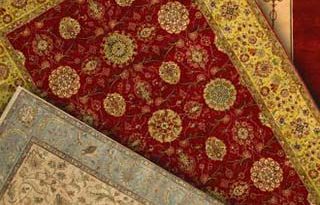What is Emulsion Paint?
You started redecorating your house but you are not sure you have picked the right paint to obtain the best results in all the rooms of your house. Here are some tips regarding home painting using emulsion paint.
Even though paint is a very common material, the technology used for obtaining it is quite complicated. Paint usually consists of pigments and a binder (oil or water-based). That is why, long-term storage will cause the two constituents of the paint to separate in the can; when you want to reuse it, the contents of the can must be well stirred (except for the non-drip paints) to ensure that the pigments and the binder are uniformly mixed.
While some paints give different surface finishes, others are designed for particular jobs (primer, undercoat, anti-condensation, radiator paint, fire-retardant, bituminous). This makes the selection of paint quite a difficult task without the help of an expert.
Modern emulsion paint is a mixture of two substances that do not mix. It is water-based and due to the vinyl or acrylic resins added, it becomes more hard-wearing than traditional emulsions. The paint becomes harder to wear as the shine increases; the painting specialists usually offer matte, eggshell, silk, satin, and full gloss ranges.
Emulsion paints are normally used for walls and ceilings. There are three types of emulsions: vinyl matt, vinyl satin (used on areas that can be washed or sponged), and vinyl silk emulsion specific to kitchens and bathrooms. There are also special water-based types of emulsions created for woodwork which may be easy to apply but are not as hard-wearing as oil-based paints.
Emulsion paints may contain certain substances like fillers, catalysts, stabilizers, emulsifiers, adhesion enhancers, flattens, or texturizers which produce different results: thicken the film, support the structure of the emulsion paint, or increase its volume. Also, they may contain a lot of additives to produce various properties like antifreeze, foam control, bacterial growth control, and pigment stability.
Furthermore, emulsion paint can be applied either as gas (aerosol) or as liquid. Generally, you will apply it using brushes, paint rollers, and other instruments. Once it is applied, paint can be blended with other painted regions within a certain interval of time (known as “open time”). This interval can be extended by the addition of white spirits or other glycols.
Source by Jack Wogan




